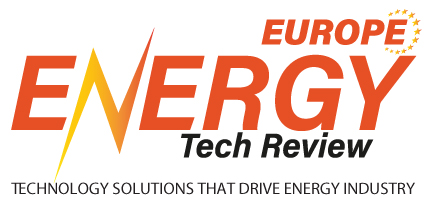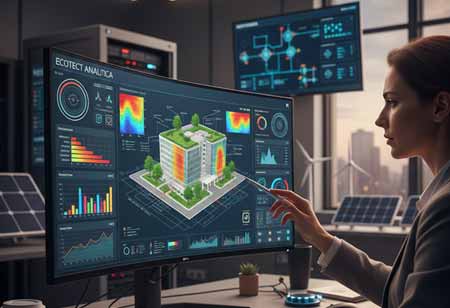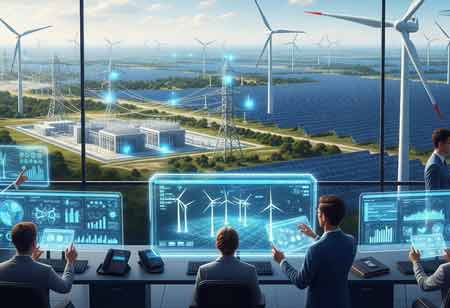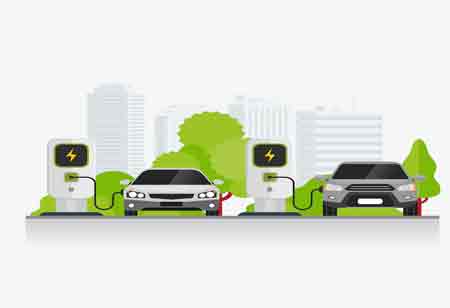CLOSE
Specials
I agree We use cookies on this website to enhance your user experience. By clicking any link on this page you are giving your consent for us to set cookies. More info
Be first to read the latest tech news, Industry Leader's Insights, and CIO interviews of medium and large enterprises exclusively from Energy Tech Review
Thank you for Subscribing
AI Platforms as Connective Tissue: Enabling Cross-Sector Collaboration in Energy Innovation
AI is revolutionizing the global energy landscape by integrating sectors, enhancing efficiency, and fostering a sustainable, interconnected system, exemplified by smart cities and advanced manufacturing.
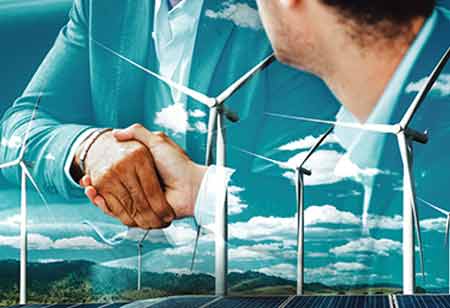
By
Energy Tech Review | Monday, November 10, 2025
Stay ahead of the industry with exclusive feature stories on the top companies, expert insights and the latest news delivered straight to your inbox. Subscribe today.
The global energy landscape is undergoing a fundamental reconfiguration of the world’s complex, interconnected energy system, not just a replacement of old sources with new ones. At the heart of this revolution is a powerful new catalyst: AI. AI platforms are rapidly evolving from specialized analytical tools into the essential connective tissue that binds disparate industries, enabling cross-sector collaboration previously impossible. This integration is the key to unlocking systemic efficiencies, fostering novel solutions, and accelerating the transition to a more sustainable and intelligent energy future.
For decades, industries have operated in relative isolation. The energy sector produced power, the transportation sector consumed it, manufacturing plants managed their own processes, and buildings were passive recipients of electricity. Today, AI platforms are dissolving these silos. They function as a universal translator and a central nervous system, ingesting, standardizing, and analyzing massive, heterogeneous datasets from across the economy. This shared-data ecosystem allows sectors to interact, predict, and optimize in concert, turning a collection of independent systems into a single, responsive super-system.
The most tangible example of this cross-sector fusion is the rise of the smart city. AI platforms serve as the "keystone" technology, integrating the grid with the very fabric of urban life. At the building level, AI-driven energy management systems have moved far beyond simple automation. They now create predictive models based on weather forecasts, occupancy patterns, and real-time energy pricing.
This data stream does not end at the building's walls. The AI platform communicates this demand-side information directly back to the grid. In parallel, the grid's AI uses its own models, factoring in renewable generation from solar and wind, to manage supply. The result is a dynamic, real-time negotiation. Buildings can automatically reduce non-essential loads during peak demand, easing grid stress, while the grid can intelligently route surplus renewable energy for storage in building battery systems. This two-way conversation, facilitated by AI, transforms millions of buildings from passive consumers into active, flexible participants in grid stability.
Industry's Digital Leap: Manufacturing and Energy
The manufacturing sector, traditionally one of the largest and most inflexible energy consumers, is undergoing a similar integration. The convergence of industrial Internet of Things (IoT) sensors and AI has given rise to the digital twin—a high-fidelity, real-time virtual replica of a physical factory.
AI platforms use data from these digital twins to run millions of simulations, optimizing production schedules not just for output, but for energy efficiency. This creates a new, vital link between manufacturing and energy providers. An AI platform can analyze a factory's production targets, compare them against fluctuating energy prices and grid-renewable availability, and automatically schedule energy-intensive processes, such as smelting or chemical batching, for times when energy is cheapest and greenest. This optimization reduces the manufacturer's operational costs and provides a valuable, schedulable demand-response service to the energy grid, all without human intervention.
Mobilizing Electrons: Transportation and the Grid
Most collaboration is occurring between the energy and transportation sectors, driven by the electrification of mobility. An electric vehicle (EV) is not just a car; it is a large, mobile battery. AI platforms are the essential technology for integrating millions of these mobile batteries into the energy ecosystem without overwhelming it.
Through AI-powered smart-charging applications, the energy grid can communicate directly with vehicles. The platform manages charging schedules at scale, ensuring EVs are charged during off-peak hours to prevent grid overload. This is evolving into vehicle-to-grid (V2G) technology, where AI platforms can request that parked and plugged-in EVs discharge a small amount of their stored energy back to the grid to help meet sudden demand spikes. This transforms a fleet of vehicles into a massive, distributed power plant, providing essential stabilization services that were once the sole domain of traditional power stations.
Cultivating Efficiency: Agriculture and Energy
Even the agricultural sector is being woven into this intelligent energy web. Modern precision agriculture relies on energy-intensive processes, from automated irrigation pumps to the sophisticated climate-control systems in vertical farms. AI platforms create a critical link between energy use and resource management.
By analyzing soil moisture data, weather forecasts, and crop-growth models, an AI system can schedule irrigation not only at the optimal time for the plants but also when energy costs are lowest. In a vertical farm, AI analyzes data from thousands of sensors to fine-tune LED lighting and HVAC systems, shaving critical percentage points off what is a 24/7 energy load. This integration ensures that food production becomes more resource-efficient, directly linking water conservation, crop yield, and energy optimization into a single, AI-managed loop.
The age of industrial silos is ending. AI platforms are the connective tissue creating a symbiotic, economy-wide energy ecosystem. In this new paradigm, a smart building's thermostat, a factory's production line, an EV's charging port, and a farm's water pump are no longer isolated components. They are all intelligent nodes on a unified network, sharing data and collaborating to achieve systemic goals: stability, efficiency, and sustainability. This profound, AI-driven integration is not just an incremental improvement; it is the foundational architecture for the next generation of energy innovation.

Copyright © 2025 Energy Tech Review. All rights reserved
